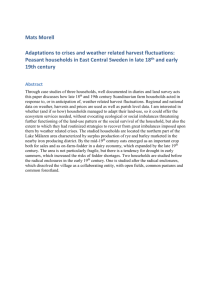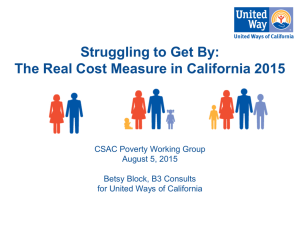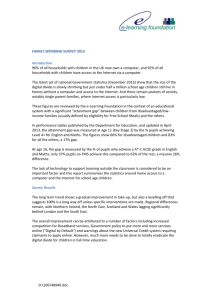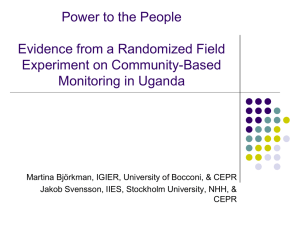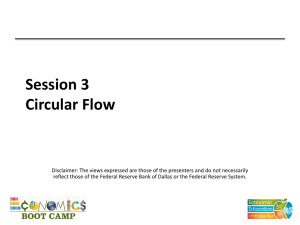Broadcast Ratings Exercise
advertisement
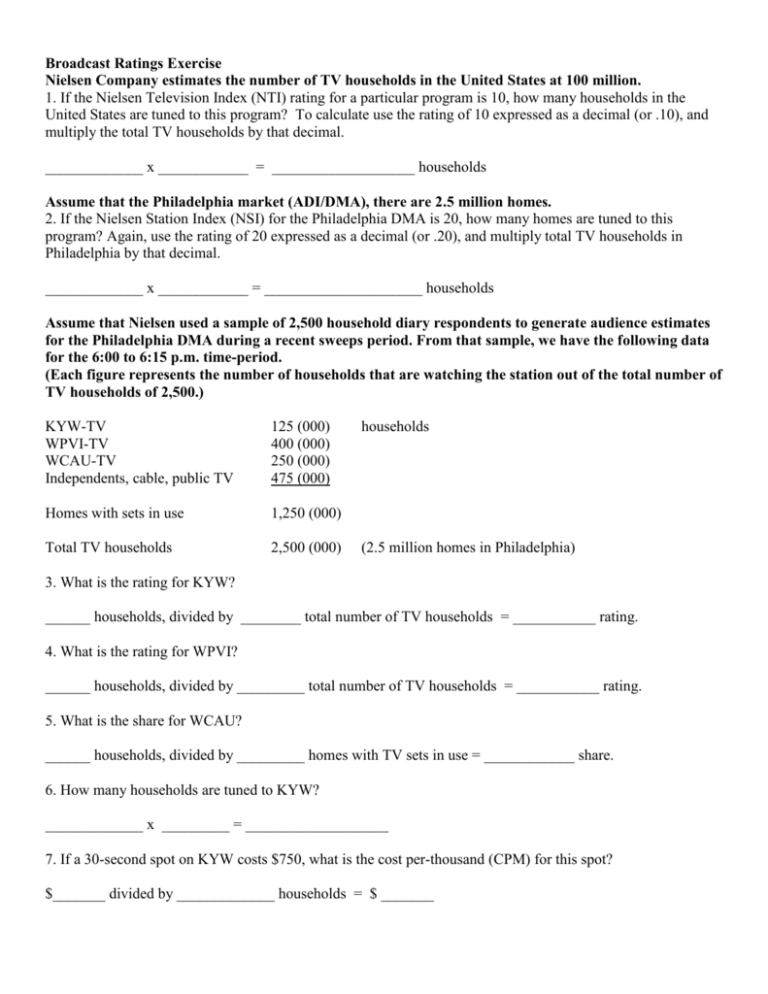
Broadcast Ratings Exercise Nielsen Company estimates the number of TV households in the United States at 100 million. 1. If the Nielsen Television Index (NTI) rating for a particular program is 10, how many households in the United States are tuned to this program? To calculate use the rating of 10 expressed as a decimal (or .10), and multiply the total TV households by that decimal. _____________ x ____________ = ___________________ households Assume that the Philadelphia market (ADI/DMA), there are 2.5 million homes. 2. If the Nielsen Station Index (NSI) for the Philadelphia DMA is 20, how many homes are tuned to this program? Again, use the rating of 20 expressed as a decimal (or .20), and multiply total TV households in Philadelphia by that decimal. _____________ x ____________ = _____________________ households Assume that Nielsen used a sample of 2,500 household diary respondents to generate audience estimates for the Philadelphia DMA during a recent sweeps period. From that sample, we have the following data for the 6:00 to 6:15 p.m. time-period. (Each figure represents the number of households that are watching the station out of the total number of TV households of 2,500.) KYW-TV WPVI-TV WCAU-TV Independents, cable, public TV 125 (000) 400 (000) 250 (000) 475 (000) Homes with sets in use 1,250 (000) Total TV households 2,500 (000) households (2.5 million homes in Philadelphia) 3. What is the rating for KYW? ______ households, divided by ________ total number of TV households = ___________ rating. 4. What is the rating for WPVI? ______ households, divided by _________ total number of TV households = ___________ rating. 5. What is the share for WCAU? ______ households, divided by _________ homes with TV sets in use = ____________ share. 6. How many households are tuned to KYW? _____________ x _________ = ___________________ 7. If a 30-second spot on KYW costs $750, what is the cost per-thousand (CPM) for this spot? $_______ divided by _____________ households = $ _______


